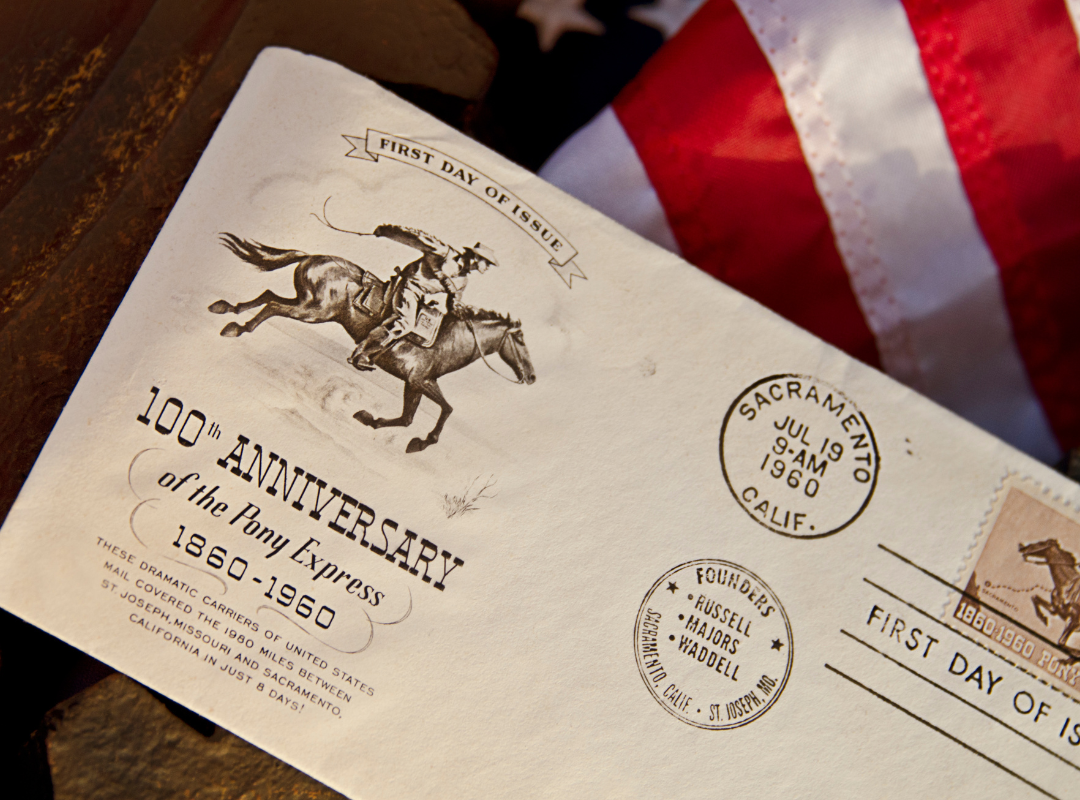
Horse and Rider: The Pony Express (Grades 6-8)
Students investigate the importance of the Pony Express to the settlement and expansion of the American West by mapping Pony Express stations.

Students investigate the importance of the Pony Express to the settlement and expansion of the American West by mapping Pony Express stations.
Students investigate the importance of the Pony Express to the settlement and expansion of the American West by mapping Pony Express stations.
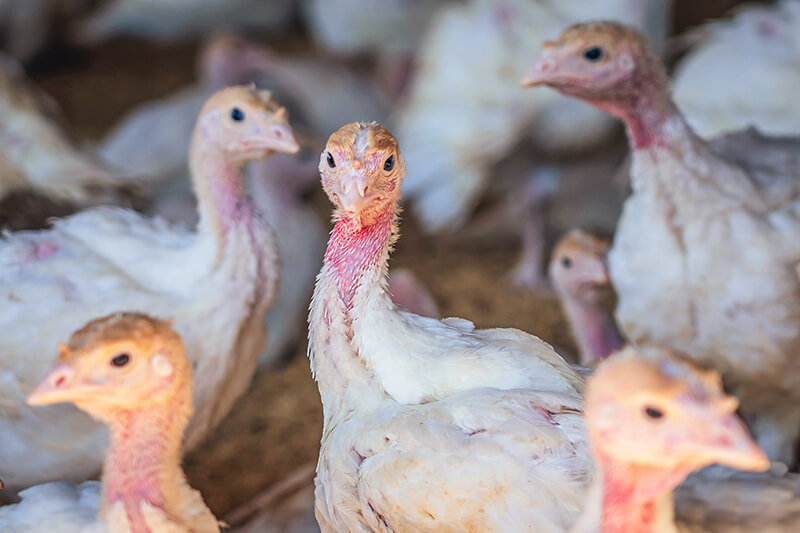
Students investigate the domestication and life cycle of the turkey, discover how turkeys are raised on farms, and identify turkey products.
Students investigate potato varieties, explore potato plants, determine how potatoes grow, and make a potato recipe.
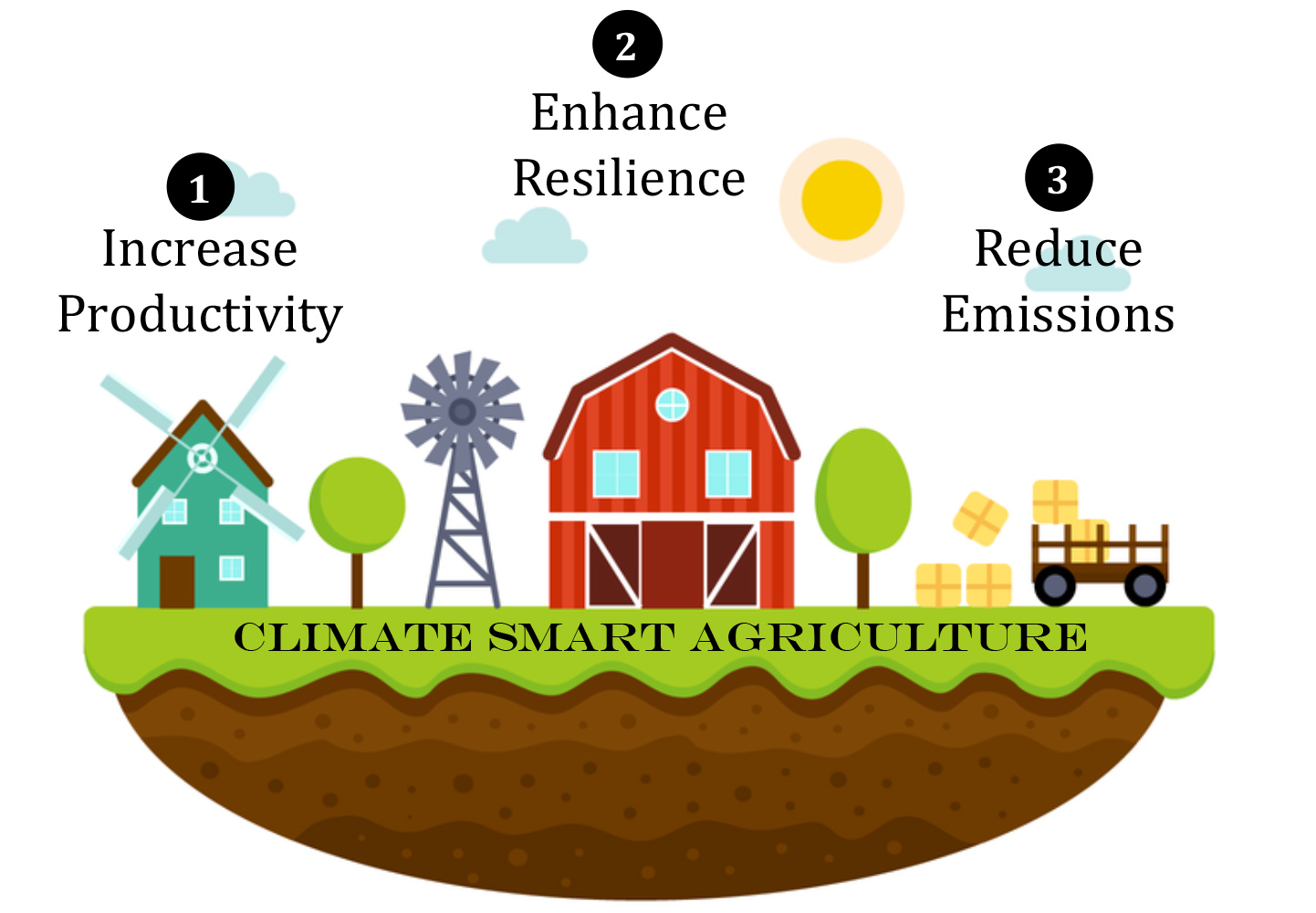
Students explore the carbon cycle, evaluate natural and human-induced activities that drive the carbon cycle, and discover climate smart agricultural practices that can be used to produce our food.
Students explore the process of genetic engineering and discover the eleven bioengineered crops and two animals approved in the United States.
Students will investigate sorghum, including the stages of plant growth, production in the United States, health benefits, geography, and positive environmental impacts.
This lesson explains the processes of cellular respiration and fermentation and how it applies to the production and processing of honey.
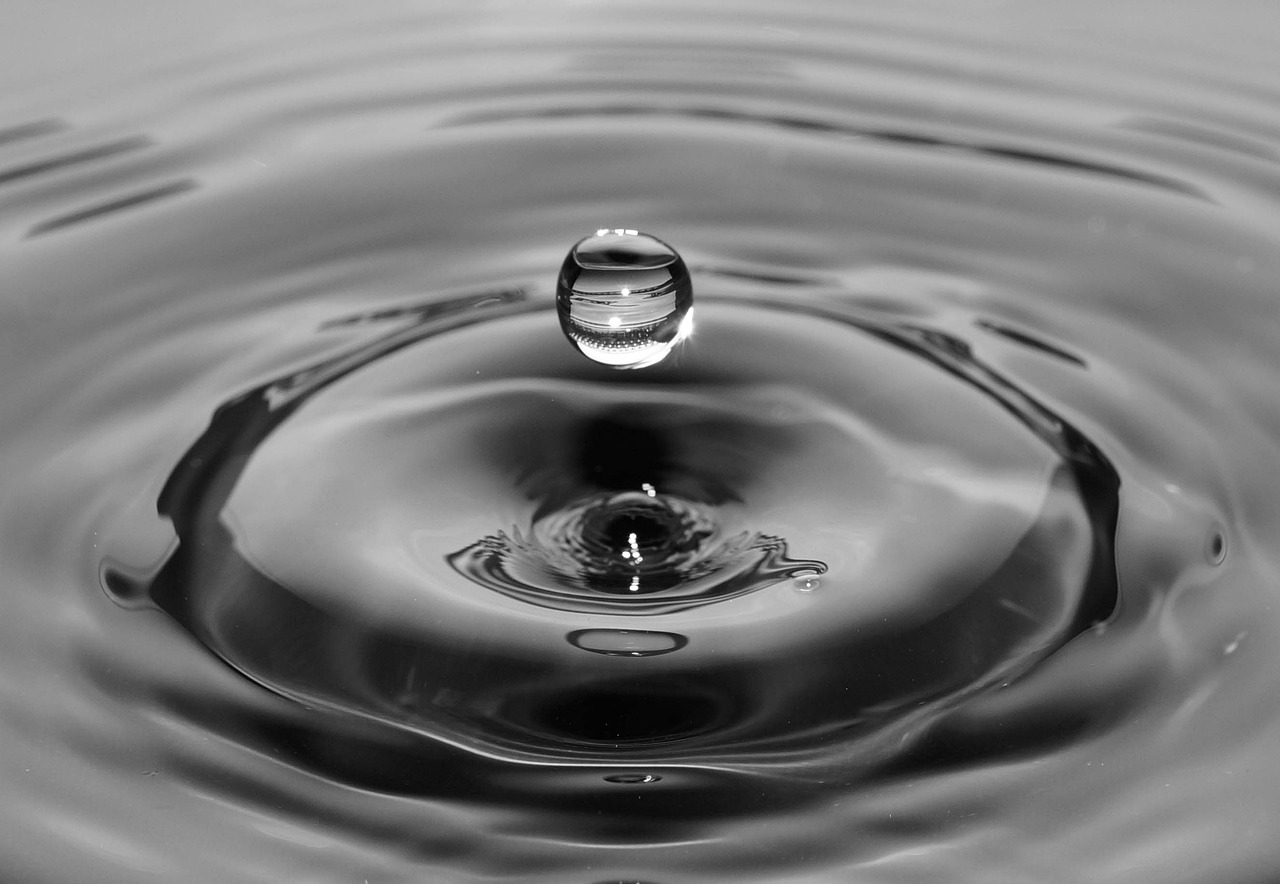
Students investigate the effects of added soil nutrients on water quality, perform chemical and physical tests on water samples, collect and identify macroinvertebrates from a freshwater system and compare physical, chemical and biological factors of an aquatic ecosystem to determine water health.
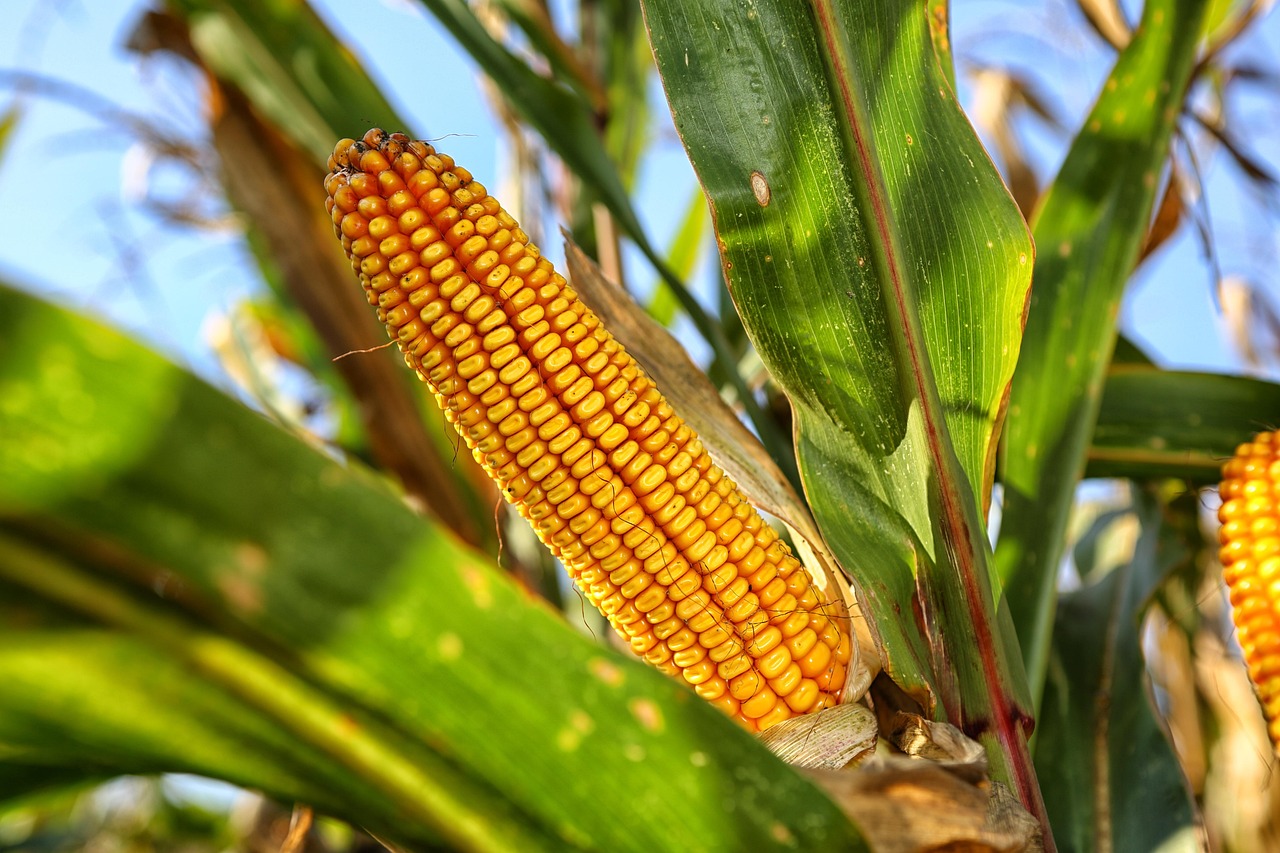
Students determine corn anatomy and function of plant parts, identify stages of plant development in corn, and research how temperature plays a role in corn growth as they calculate growing degree units (GDUs) for a region.
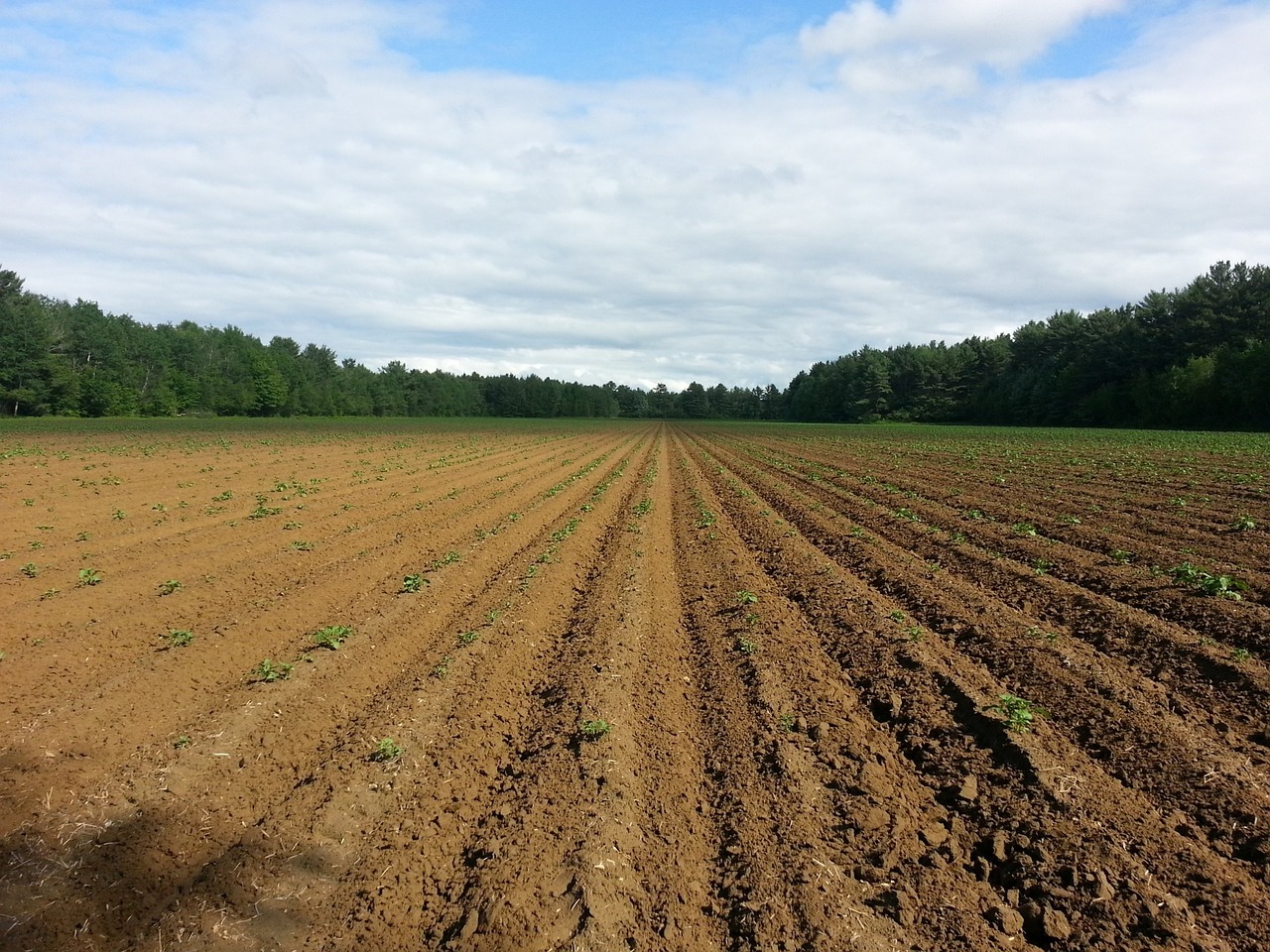
Students observe soil ecosystems to investigate how human impact affects the biodiversity of soils using the Simpson's Index of Diversity. Then, students conduct an investigation using field corn to determine how the introduction of nitrogen fertilizers impact soil microorganisms and biodiversity.
Students examine how cows help conserve natural resources by identifying the important role dairy cattle have in reducing, reusing, and recycling food processing by-products. Students identify each stage of the ecological cycle and the important role of decomposers.